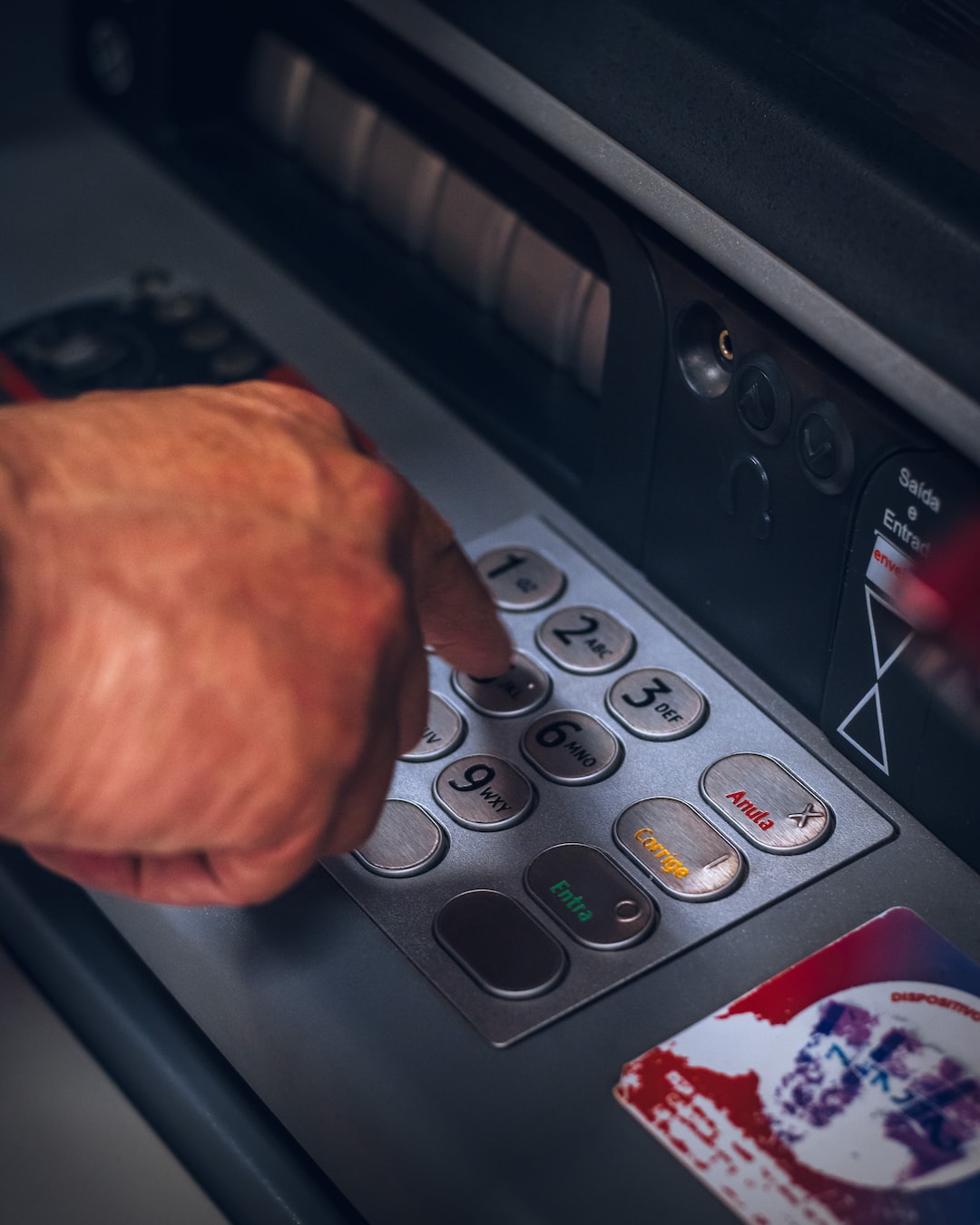Scalping in forex refers to a trading strategy that involves making multiple trades within a short period, usually seconds or minutes, with the goal of profiting from small price movements. This strategy is popular among traders who aim to make quick profits and avoid holding positions for extended periods. In this article, we will explore the basics of scalping in forex and how to trade it effectively.
1. Understanding Scalping
Before delving into how to trade scalping in forex, it is essential to understand what scalping is and its benefits. Scalping is a trading strategy that involves opening and closing positions within a short period, usually seconds to minutes. The objective of scalping is to take advantage of small price movements, making multiple small profits that add up to a substantial amount.
Scalping is an excellent trading strategy for traders who have a high tolerance for risk and are comfortable with taking small profits. It requires traders to be disciplined and focused, as they need to make quick decisions based on market conditions.
Scalping is also a popular trading strategy because it does not require traders to hold positions for extended periods, reducing the risk of market volatility and unexpected events that could negatively impact their trades.
2. Choosing the right broker
To trade scalping effectively, it is crucial to choose the right broker. Scalping requires traders to make quick trades, which means that they need a broker with fast execution speeds and low spreads.
Brokers with slow execution speeds or high spreads could negatively impact the outcome of trades, resulting in losses. Therefore, traders should choose a broker that offers fast execution speeds, low spreads, and minimal slippage.
3. Identifying the right currency pairs
Another essential aspect of scalping is choosing the right currency pairs. Scalping requires traders to make quick trades, which means that they need to choose currency pairs that are highly volatile and have significant liquidity.
Currency pairs that are highly volatile and have significant liquidity offer traders the opportunity to make quick profits from small price movements. Some of the popular currency pairs for scalping include EUR/USD, USD/JPY, and GBP/USD.
4. Using technical indicators
Scalping requires traders to make quick trades based on market conditions. Therefore, traders need to use technical indicators to identify entry and exit points quickly.
Some of the popular technical indicators used by scalpers include moving averages, Bollinger Bands, MACD, and RSI. These indicators help traders identify trends, support and resistance levels, and overbought or oversold market conditions.
5. Setting stop-loss orders
Scalping involves making quick trades, which means that traders need to set stop-loss orders to protect their trades from unexpected market movements.
Stop-loss orders are essential for scalpers, as they help limit losses and protect profits. Traders should set stop-loss orders based on their risk tolerance and the volatility of the currency pair they are trading.
6. Managing risk
Scalping is a high-risk trading strategy that requires traders to manage risk effectively. Traders should only trade with funds that they can afford to lose and avoid overleveraging their trades.
Scalpers should also have a strict trading plan in place, including entry and exit points, stop-loss orders, and profit targets. Following a trading plan helps traders manage risk effectively and avoid making impulsive trading decisions.
7. Practice and patience
Scalping requires traders to make quick decisions based on market conditions, which means that it requires practice and patience.
Traders should practice scalping on a demo account before trading with real money, as it helps them understand how the strategy works and identify potential pitfalls.
Patience is also essential when scalping, as traders need to wait for the right market conditions before entering and exiting trades. Impulsive trading decisions could lead to losses and negatively impact the outcome of trades.
In conclusion, scalping is a popular trading strategy that requires traders to make quick trades based on market conditions. To trade scalping effectively, traders need to choose the right broker, currency pairs, use technical indicators, set stop-loss orders, manage risk, and practice patience. With the right approach, scalping can be a profitable trading strategy for traders who are comfortable with taking small profits and have a high tolerance for risk.





